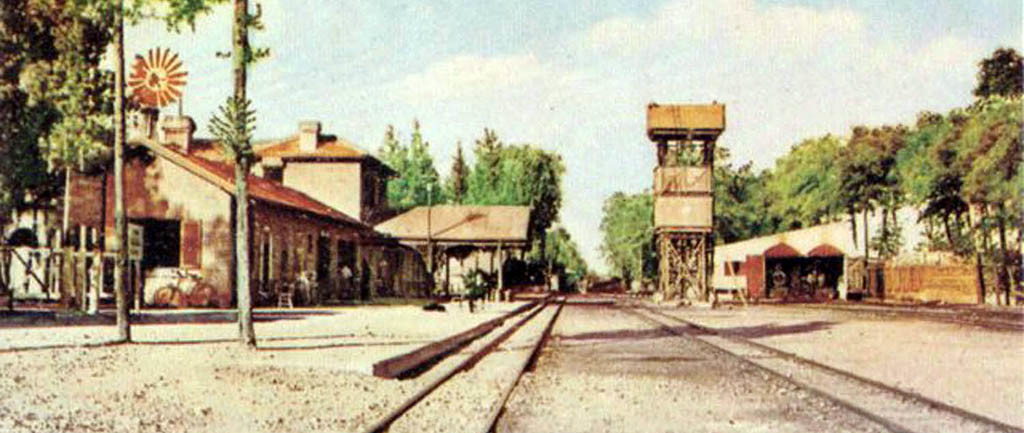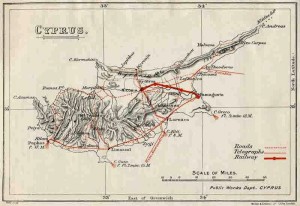Cyprus Railway is one of the legends of the recent Cyprus past, which is mentioned in every tourist guide book. In fact, “Cyprus Government Railway” is not a precise name, since no Cyprus government existed at that time. It would be more appropriate to call it “Governor’s railway”, as it was with the Governor’s Beach.
Cyprus Government Railway. Historical insight
Historically the idea of building a railway track was first suggested in 1878, when Great Britain got the control over the island after it had been ruled by the Ottoman Empire.
The first High Commissioner Garnet Joseph Wolseley prepared preliminary proposals for the construction of a strategically important transport communication system – a railway track connecting ports of Kyrenia and Famagusta. Unfortunately, uncertain situation with the status of Cyprus under the British rule, significantly delayed implementation of these plans.
By the way, Sir Wolseley, being an assistant of the engineer of the Royal Army, was one of the last British military representatives, who left Crimea in July 1856.
First railway track in Cyprus
The construction of railway began in 1903 and was completed in 1915 with the opening ceremony of the122-kilometer long railway track in the village of Evrychou, where Cyprus Railway Museum is located today. The future Prime Minister Winston Churchill, who visited the island of Aphrodite in 1907, wrote in his memorandum about the importance of developing transport road network, including railway transport in Cyprus.
It should be noted that due to the absence of cargo traffic, the railway route from Morfou to Evrychou was not used, and in 1932 the track was completely closed. Evrychou railway station building was abandoned until it was transformed into museum later.
The major cargo flow was falling on Famagusta – Nicosia route, and in 1948 a railway track connecting Nicosia airport with the main railway was introduced.
The operation of the railway was made difficult by the unstable and irregular cargo flow, as well as because of random attacks from Cypriot rebel groups, who were fighting against the British colonisation.
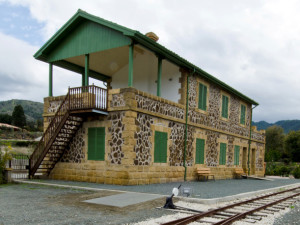
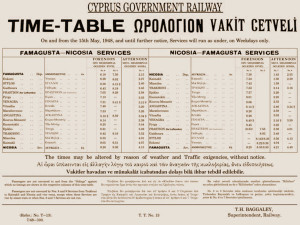
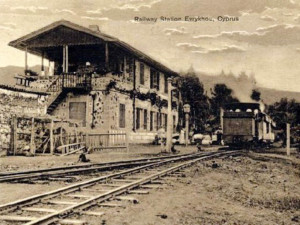
Decline and Liquidation of Cyprus Railway
By 1951, with the development of the road network, railway became commercially unfeasible. British administration decided to liquidate the railway network, and on 31st December 1951 the last train departed from Nicosia to Famagusta.
Railway property was sold, and dismantling and removal of the railway lines lasted for more than a year. Some buildings used as railway stations were transferred to local municipalities. For example, former railway station building in Kokkinotrimithia near Nicosia was later used as a police station.
Many buildings, railway structures and tracks were significantly damaged or completely destroyed during the Turkish invasion in 1974.
In total, almost 8 million passengers and more than 4 million tons of cargo were transported by Cyprus railway.
Some of the secondary railway lines, which did not belong to the Cyprus railway and were built for transpiration of minerals, continued to operate. For example, line that connected copper mines in Kalavasos and Drapia with the preparation plant in Vasiliko operated until 1977.
